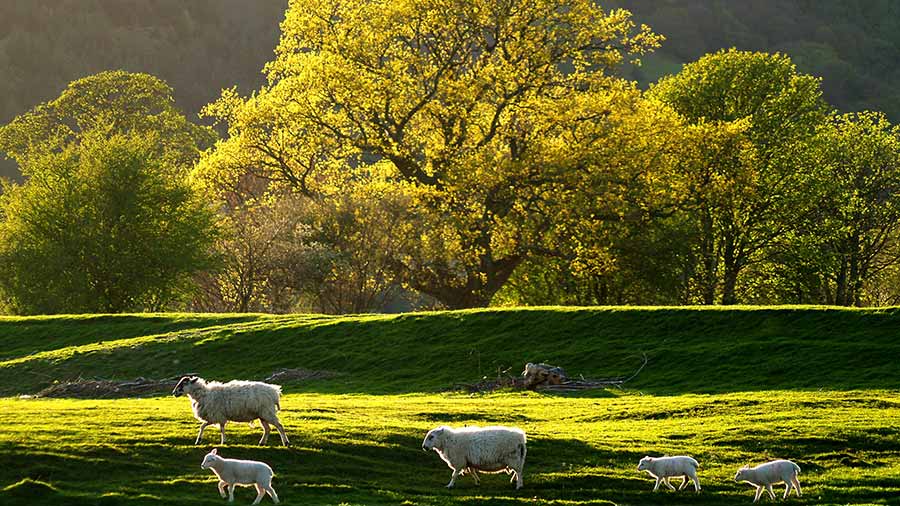NFU Cymru sets out strategy for future tree planting in Wales
 © AdobeStock/Harvey Hudson
© AdobeStock/Harvey Hudson NFU Cymru has warned that ambitious targets to plant more trees in Wales to help mitigate climate change must not come at a cost to farmers and inhibit their work to produce food.
The union has launched a report that details its recommendations for a sustainable woodland expansion in Wales, which would protect prime farmland but reward farmers for increasing tree cover and planting more hedges on other areas of their land.
See also: England to treble tree planting rate to meet net-zero target
In response to the climate crisis, the Welsh government has committed to create a national forest across the country, and the UK Climate Change Committee’s Path to Net Zero report recommends 180,000ha of new woodland should be planted in Wales by 2050.
The shorter-term target is 43,000ha of new woodland by 2030, but just 80ha of trees were planted in 2019, according to NFU Cymru.
The union’s report, Growing Together: A strategy for sustainably increasing tree cover in Wales, sets out recommendations it wants the government to consider as part of any woodland creation plans.
This includes:
- A decision-making framework to guide planting decisions so that the long-term economic, environmental, social and cultural effects can be properly assessed
- Ensuring that future schemes are properly resourced, simple to apply for and that they reward farmers for existing and new tree and hedgerow cover on Welsh farms
- Support for further developing the supply of home-grown saplings in Wales
- Tenancy reform to allow tenants to benefit from tree planting at an appropriate scale alongside safeguards for tenants and commoners so they are not removed from the land.
Following the launch of the report on Thursday (16 September), NFU Cymru president John Davies said: “As farmers, we are strongly resistant to the planting of trees on our best land and the loss of farms for complete afforestation is highly emotive.
“With the right incentives, however, many farmers are enthusiastic about increasing tree cover at an appropriate scale on what they would identify as less-productive areas of the farm.
“With this in mind, we are clear that future schemes should reward farmers to plant hedges, shelter belts, gullies and field corners; allow farmers to establish woodland at field scale on land they identify as of low agricultural and habitat value; and provide an economic return to farmers for the management of existing hedgerows and woodland.”
